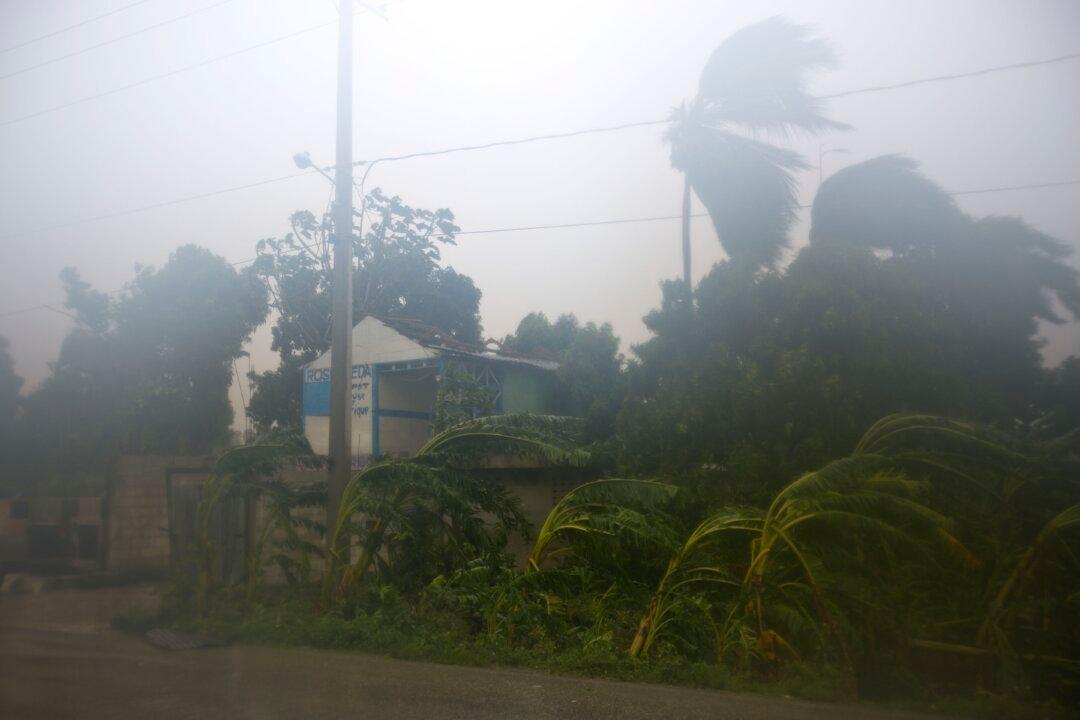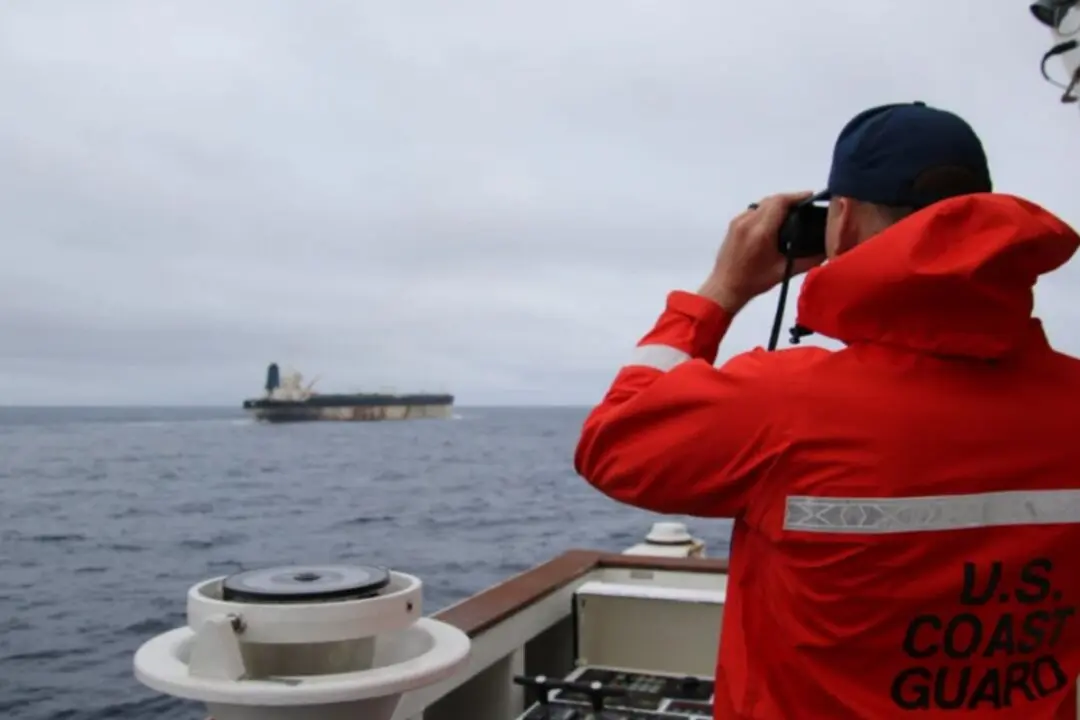Thousands of Americans are heading inland to escape from Hurricane Matthew, as it moves across the Caribbean Sea toward the East Coast of the United States.
South Carolina Gov. Nikki Haley ordered the evacuations of low-lying Charleston and Beaufort starting at 3 p.m., but she called on residents of Georgetown and Horry County to not move until Thursday.
“What we’re trying to do is actually because the storm changed, we are changing with the storm,” Haley said, according to NBC News. “Beaufort and Charleston definitely need to go ahead and plan on evacuating at 3, but we saw that because the storm had slowed down, we can move that evacuation for Georgetown and Horry to tomorrow morning.”
Westbound traffic on Interstate 26 in South Carolina was slammed with traffic, filled with people who are heading away from the coast.
Details on the Storm’s Path
Southeastern Florida, namely the West Palm Beach area, will be hit by Matthew on Thursday afternoon by intense winds. Melbourne and possibly Daytona Beach might begin to be hard hit by rain and wind gusts by Friday morning.
Charleston, South Carolina, and other coastal sections of the state will begin to see the effects of the storm on Saturday morning. It will be off the coast of Myrtle Beach by Saturday afternoon.
Before it makes landfall in the United States, Matthew will hit the island chain through Thursday morning. Northwest Bahamas, including Freeport and Nassau, will be hit late Wednesday through Friday morning.





